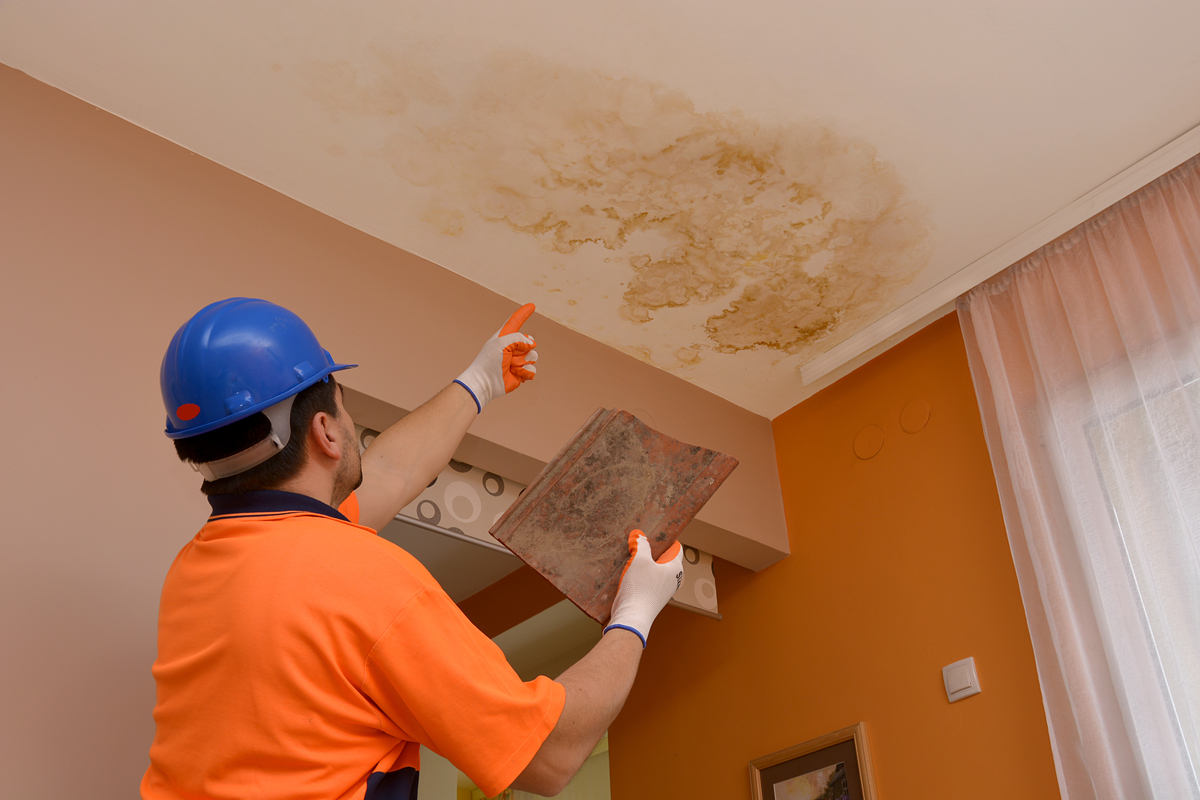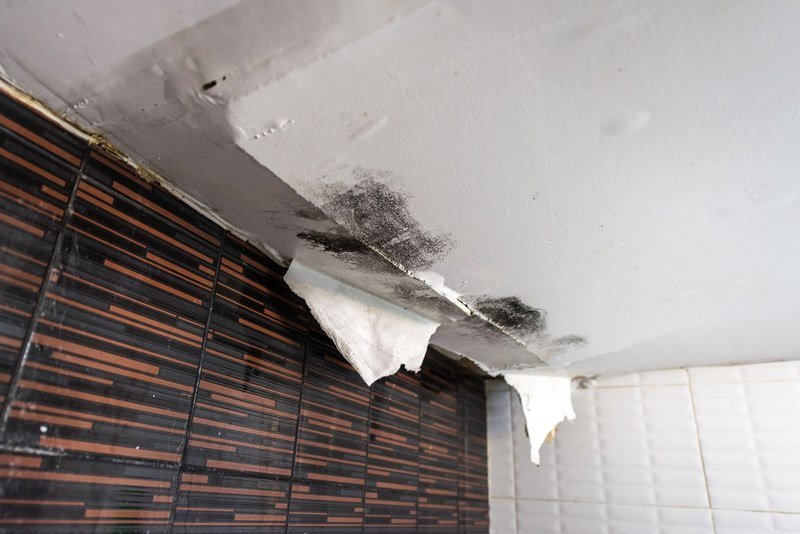Do you find yourself interested in guidance about How Fast Water Damage Can Ruin Your Home?

Leakages not just create waste of water but can also cause unnecessary damage to your residence and also advertise undesirable natural development. Water leaks could go unnoticed because most of the pipework in our home is hidden. By understanding and looking for day-to-day situations that cause leakages, you can secure your house from future leakages as well as unnecessary damages. Today, we will consider 6 leak causes that might be creating your pipes to drip.
Trespassing roots
The majority of water leaks begin outside the residence rather than inside it. You may observe wet spots or sinkholes in your lawn, and also that might mean that tree roots are invading water lines triggering water to permeate out.
Rusty water systems
As time goes by, your plumbing system ages and deterioration such as rust might start eating away the pipelines. This could be the cause of discoloration or warping on your pipes. This asks for an examination with your plumber instantly. If our plumbing system is old, think about replacing the pipes because they go to a higher risk of rust than the more recent versions.
Faulty Pipe Joints
The factor at which your pipes connect is regularly the weakest link in the waterline. Pipe joints can weaken in time, causing water leaks. Unfortunately, most of pipeline joints are not conveniently visible. If you have noisy pipelines that make ticking or banging sounds, especially when the warm water is turned on, your pipeline joints are most likely under a lot of stress. It is suggested to have your plumber examine your system once a year.
Instant temperature modifications.
Severe temperature level modifications in our pipelines can cause them to broaden and acquire unexpectedly. This development as well as contraction may trigger fractures in the pipes, specifically if the temperature are listed below cold.
Poor Water Connectors
At times, a leakage can be created by loosened tubes as well as pipelines that supply your devices. In case of a water links leakage, you might see water running directly from the supply line or puddles around your appliances.
Blocked Drains
Obstructed drains pipes might be annoying and also inconveniencing, yet they can occasionally end up causing an overflow resulting in burst pipes. Keep eliminating any kind of materials that might decrease your drains that could block them to avoid such aggravations.
All the above are causes of leakages yet not all water leakages result from plumbing leaks; some leaks could come from roof covering leakages. All leaks must be repaired promptly to stay clear of water damages.
Leakages not just create waste of water but can also create unneeded damage to your home and advertise unwanted organic growth. By recognizing as well as looking for day-to-day scenarios that create leakages, you can secure your house from future leakages and unnecessary damages. Today, we will certainly look at six leakage triggers that may be triggering your pipes to leak.
At times, a leak can be caused by loose tubes and also pipelines that supply your home appliances. In instance of a water links leakage, you may discover water running directly from the supply line or pools around your appliances.
How To Check For Water Leak In Your Home
How To Check for Leaks
The average household's leaks can account for nearly 10,000 gallons of water wasted every year and ten percent of homes have leaks that waste 90 gallons or more per day. Common types of leaks found in the home are worn toilet flappers, dripping faucets, and other leaking valves. These types of leaks are often easy to fix, requiring only a few tools and hardware that can pay for themselves in water savings. Fixing easily corrected household water leaks can save homeowners about 10 percent on their water bills.
To check for leaks in your home, you first need to determine whether you're wasting water and then identify the source of the leak. Here are some tips for finding leaks:
Take a look at your water usage during a colder month, such as January or February. If a family of four exceeds 12,000 gallons per month, there are serious leaks.
Check your water meter before and after a two-hour period when no water is being used. If the meter changes at all, you probably have a leak.
Identify toilet leaks by placing a drop of food coloring in the toilet tank. If any color shows up in the bowl after 10 minutes, you have a leak. (Be sure to flush immediately after the experiment to avoid staining the tank.)
Examine faucet gaskets and pipe fittings for any water on the outside of the pipe to check for surface leaks.
Undetected water leaks can happen without the home or business owner even realizing. If you suspect a water leak, but not able to find the source. It is time to contact a professional water leak detection service, The Leak Doctor.
How To Find a Water Leak In Your Home
https://www.leakdoctor.com/blog/How-To-Check-For-Water-Leak-In-Your-Home_AE197.html

I stumbled upon that post on How to Find Water Leaks while doing a search on the search engines. Liked our write-up? Please share it. Let someone else check it out. I am grateful for your time. Please visit our blog back soon.
Immediate relief? Contact.